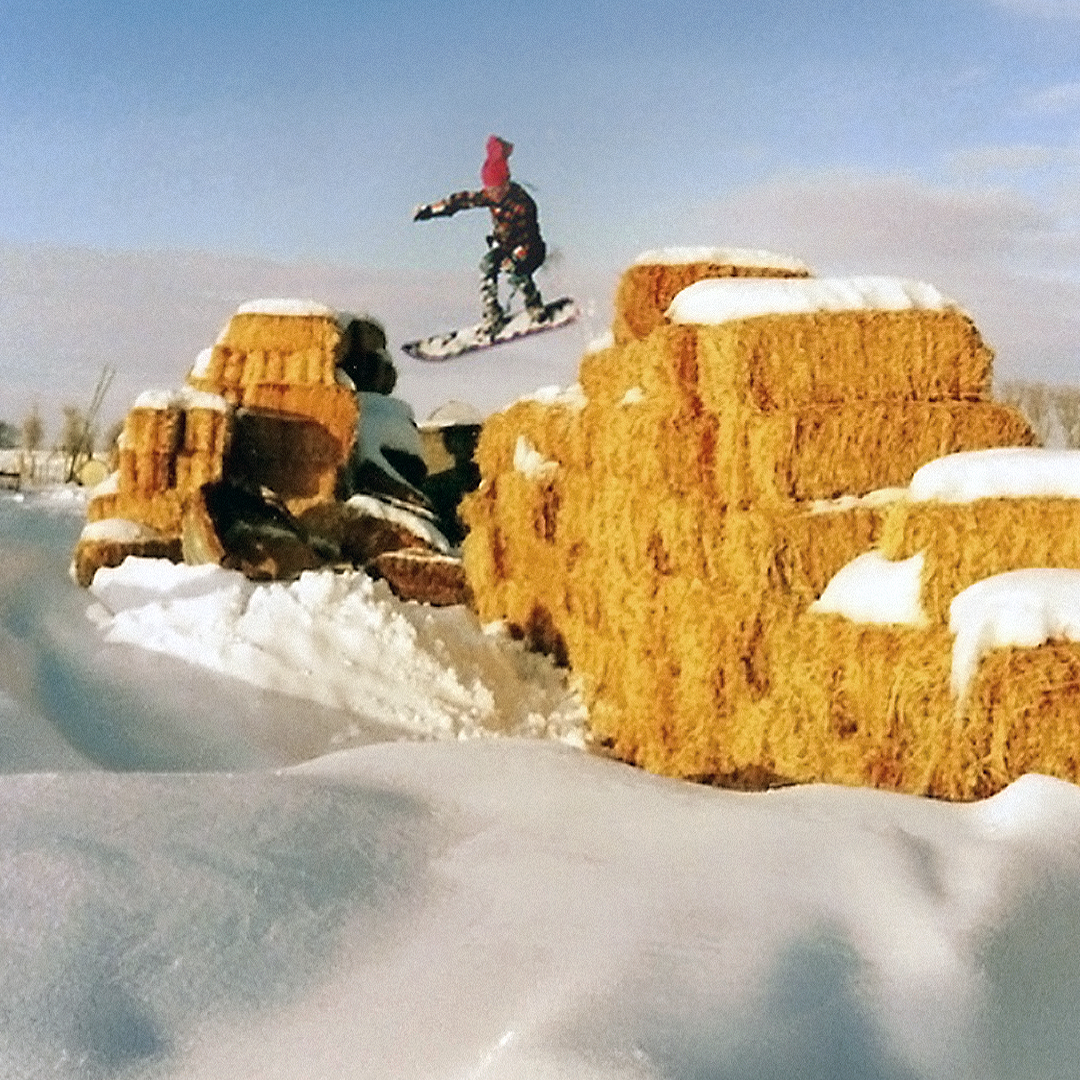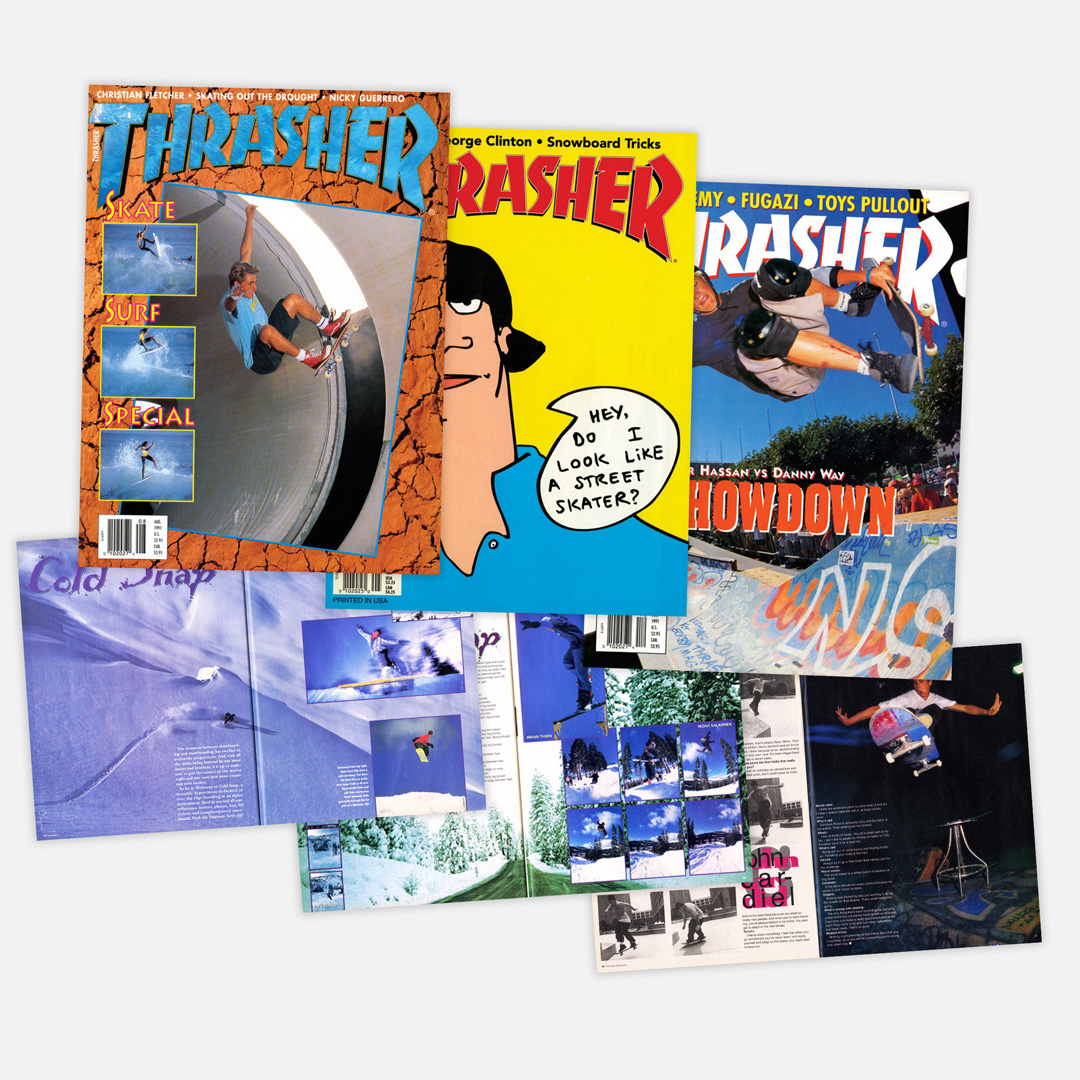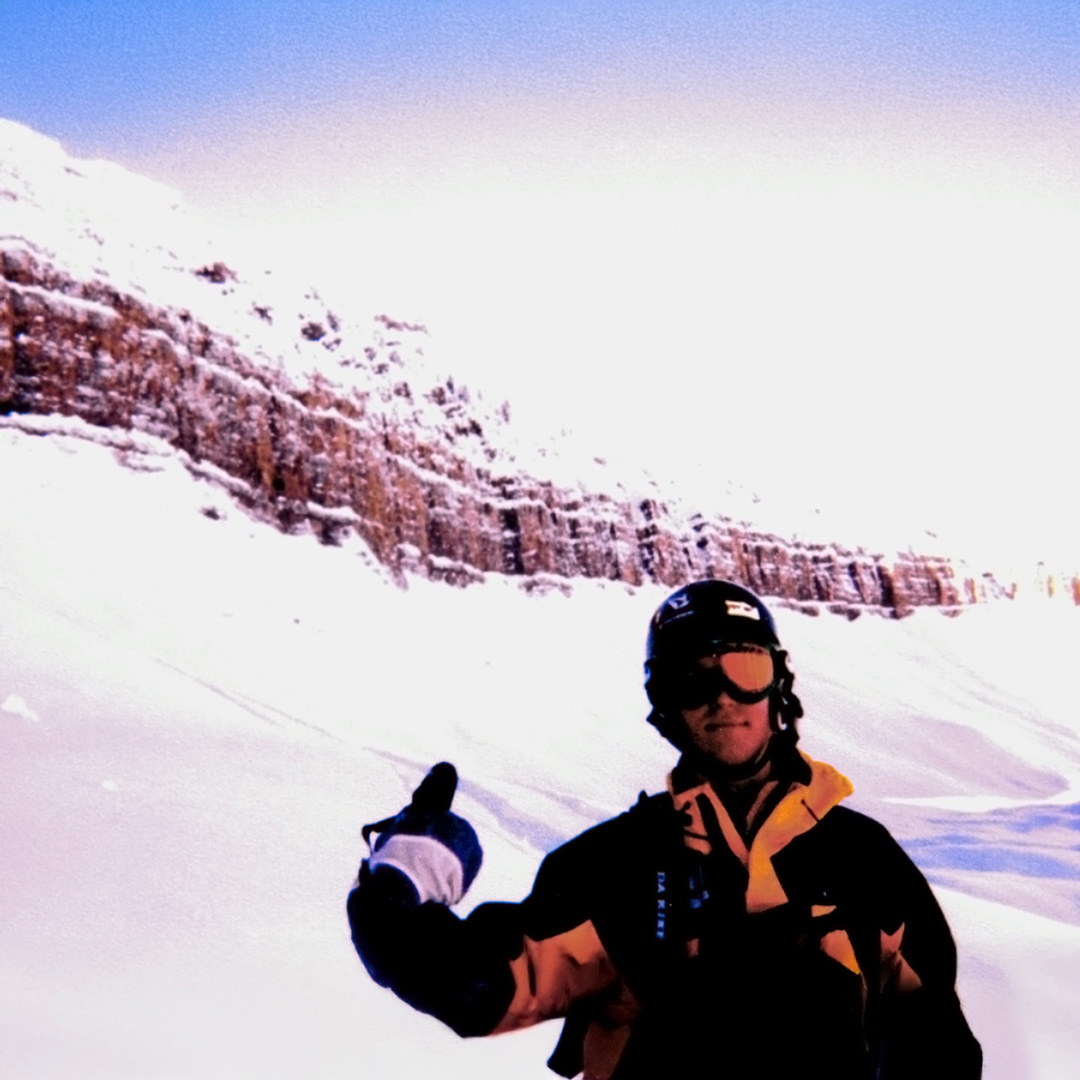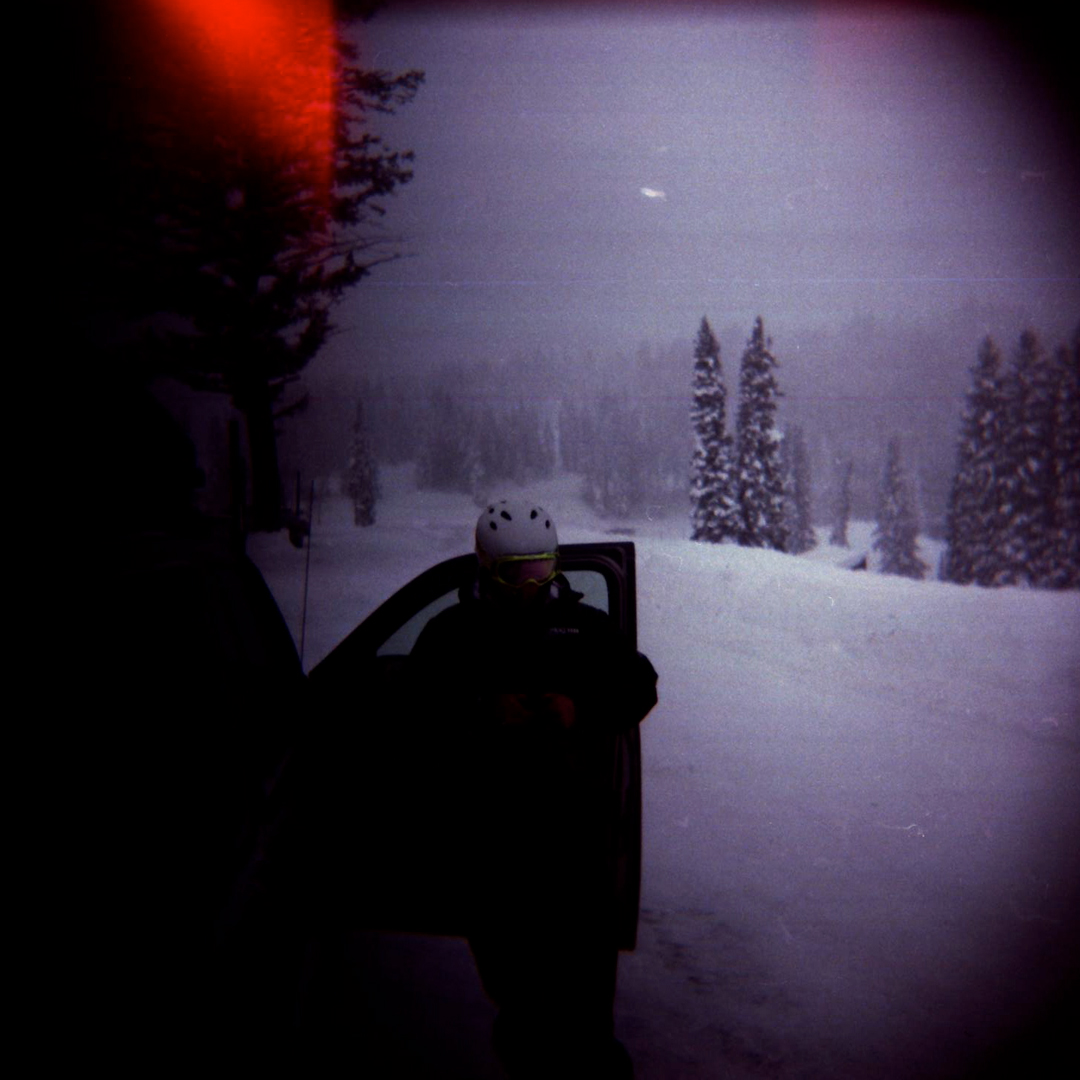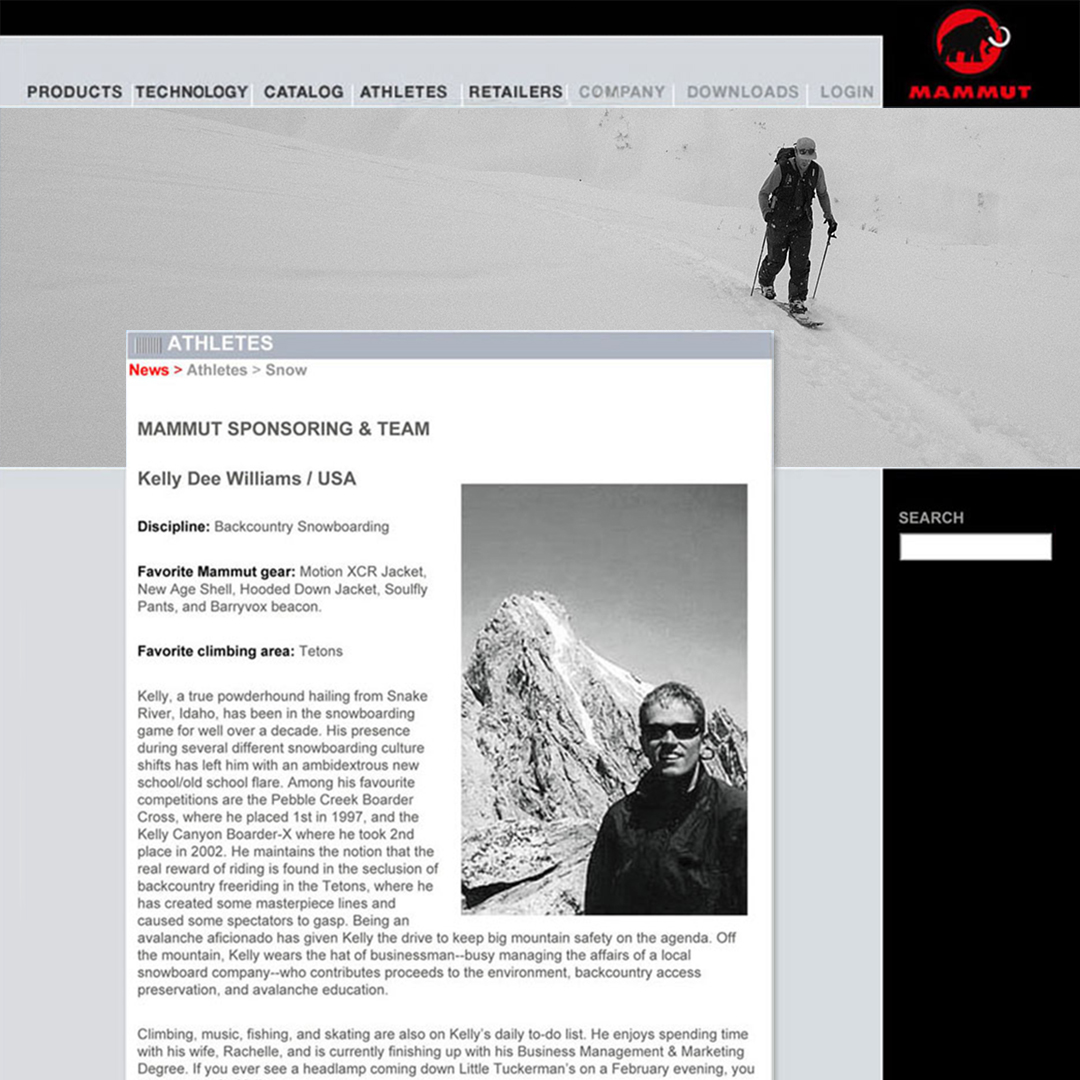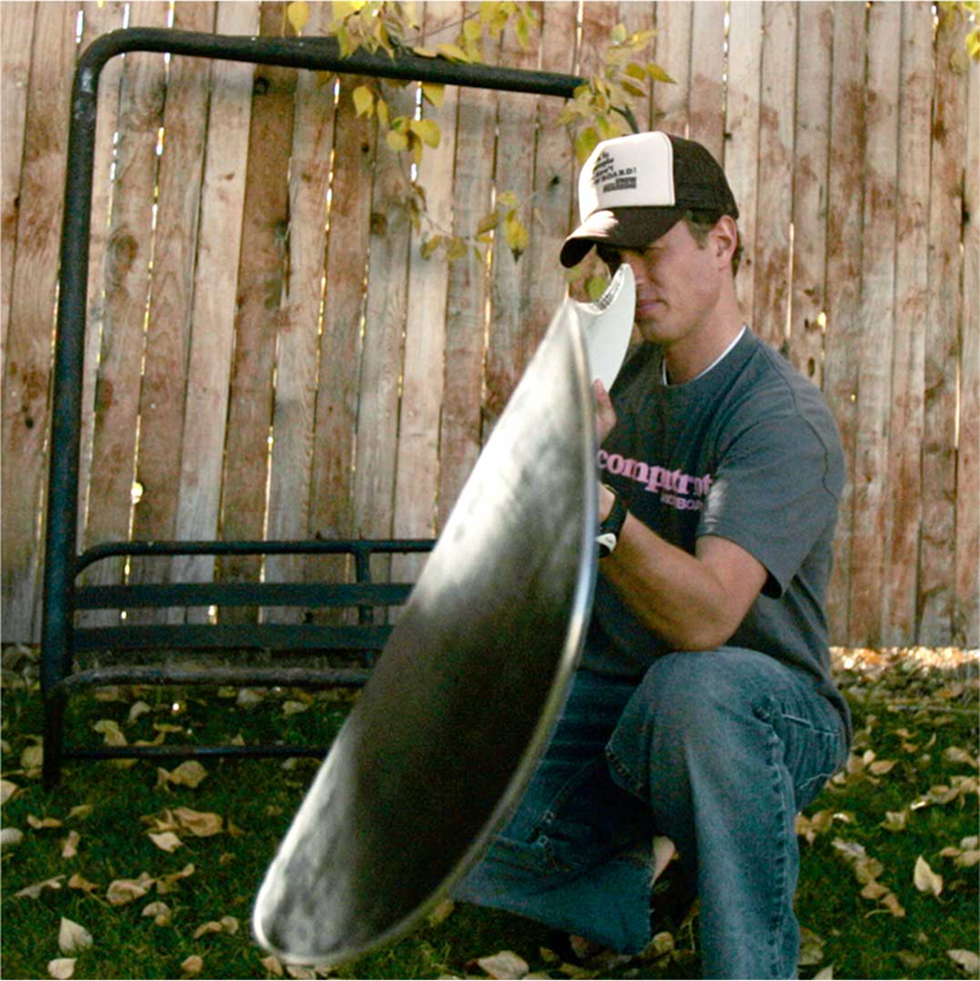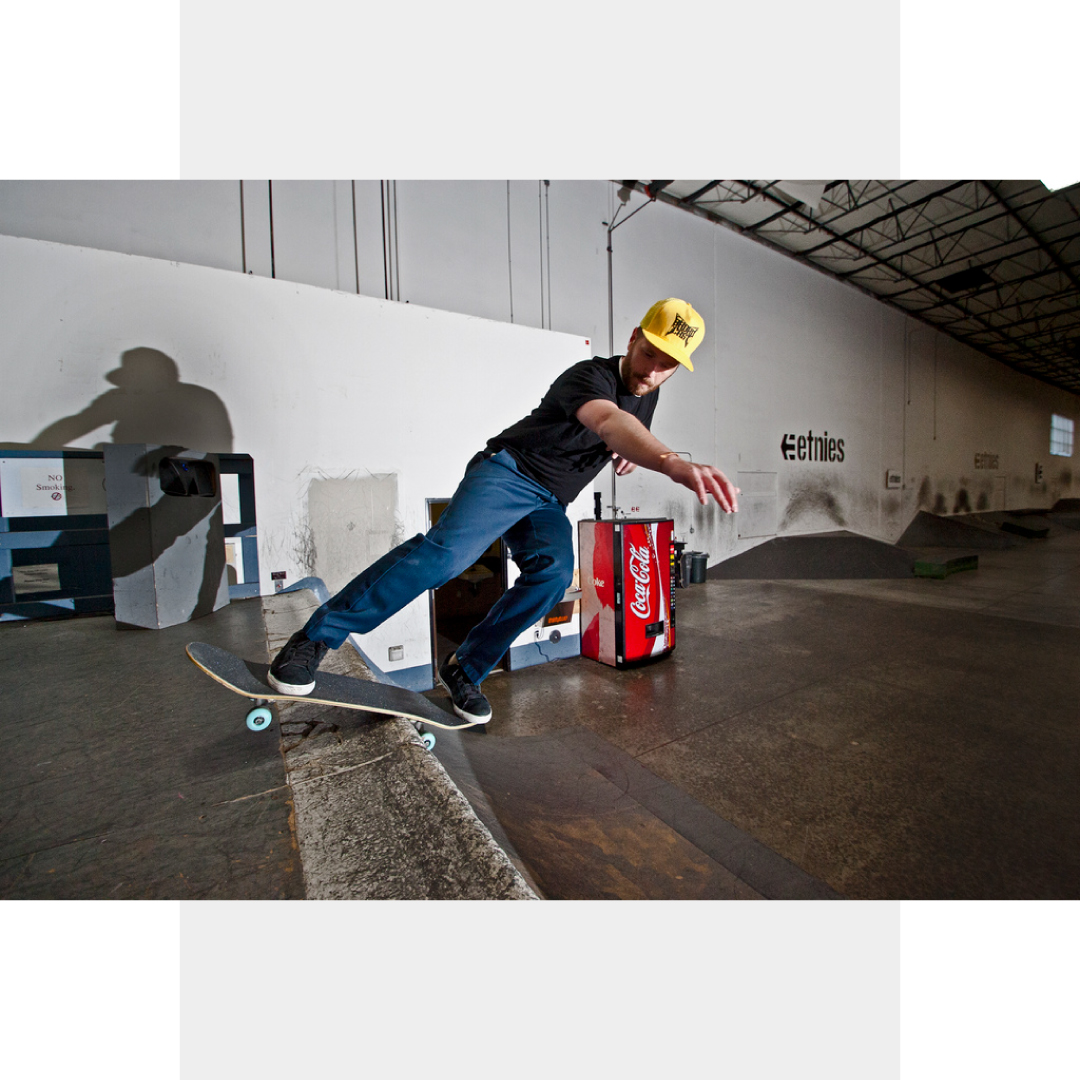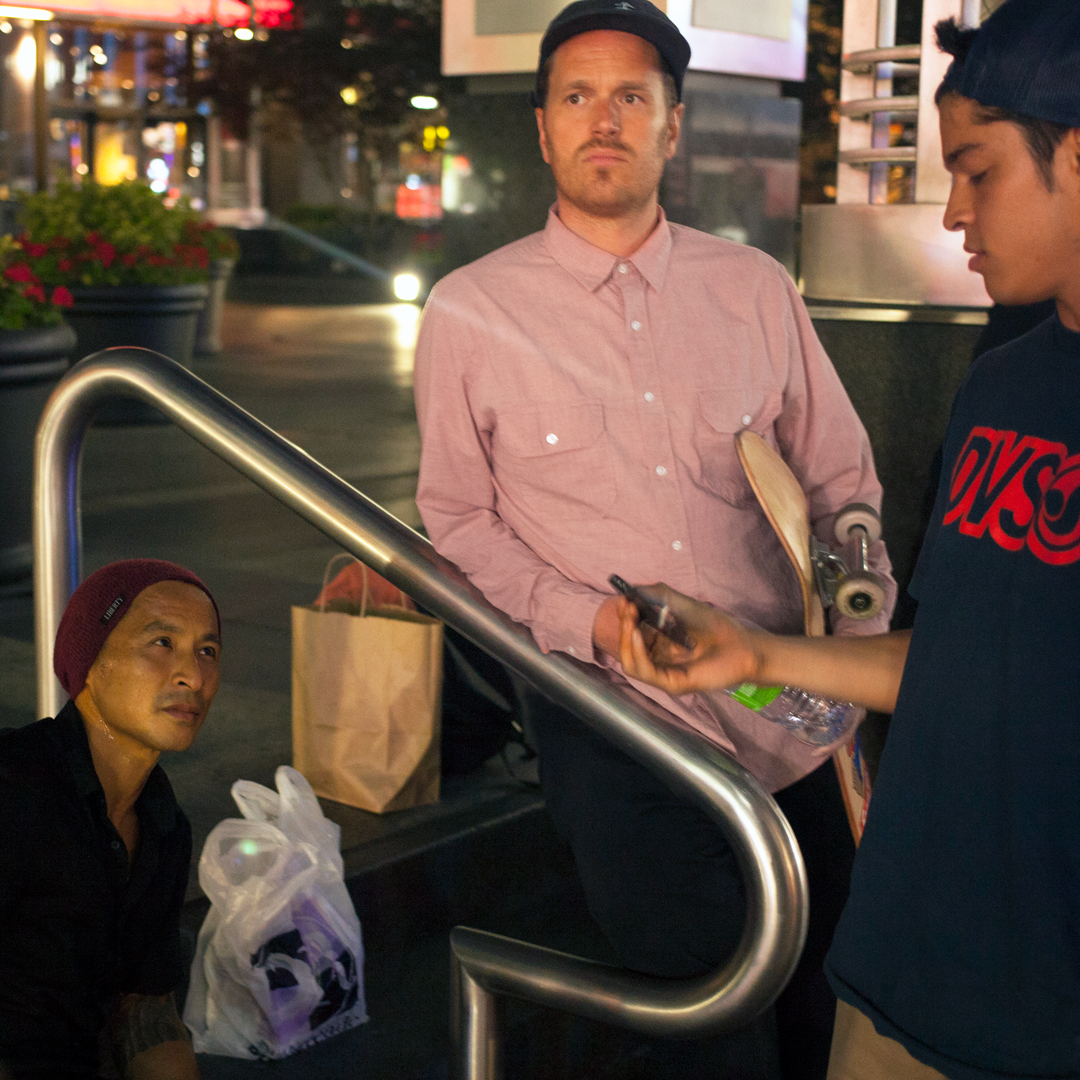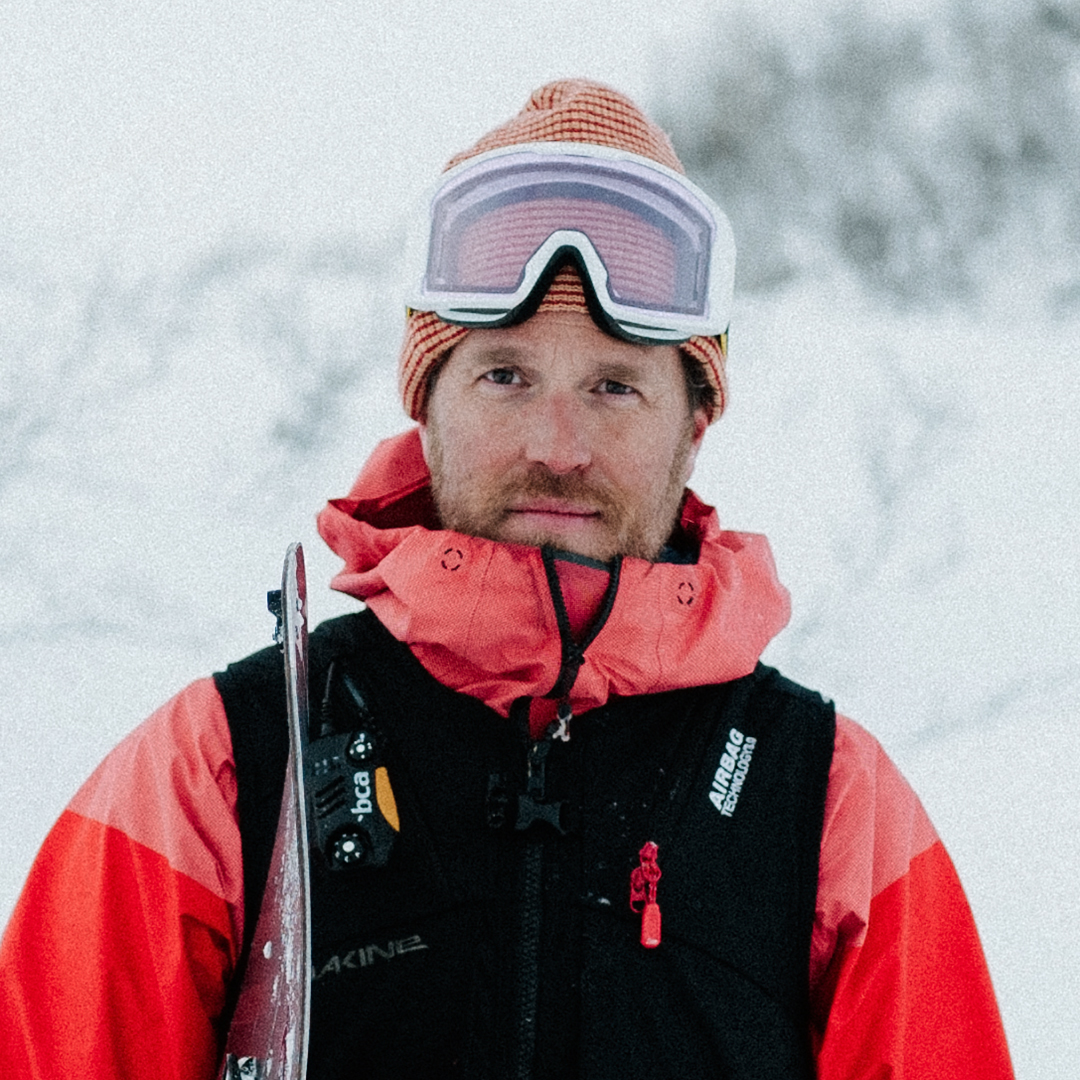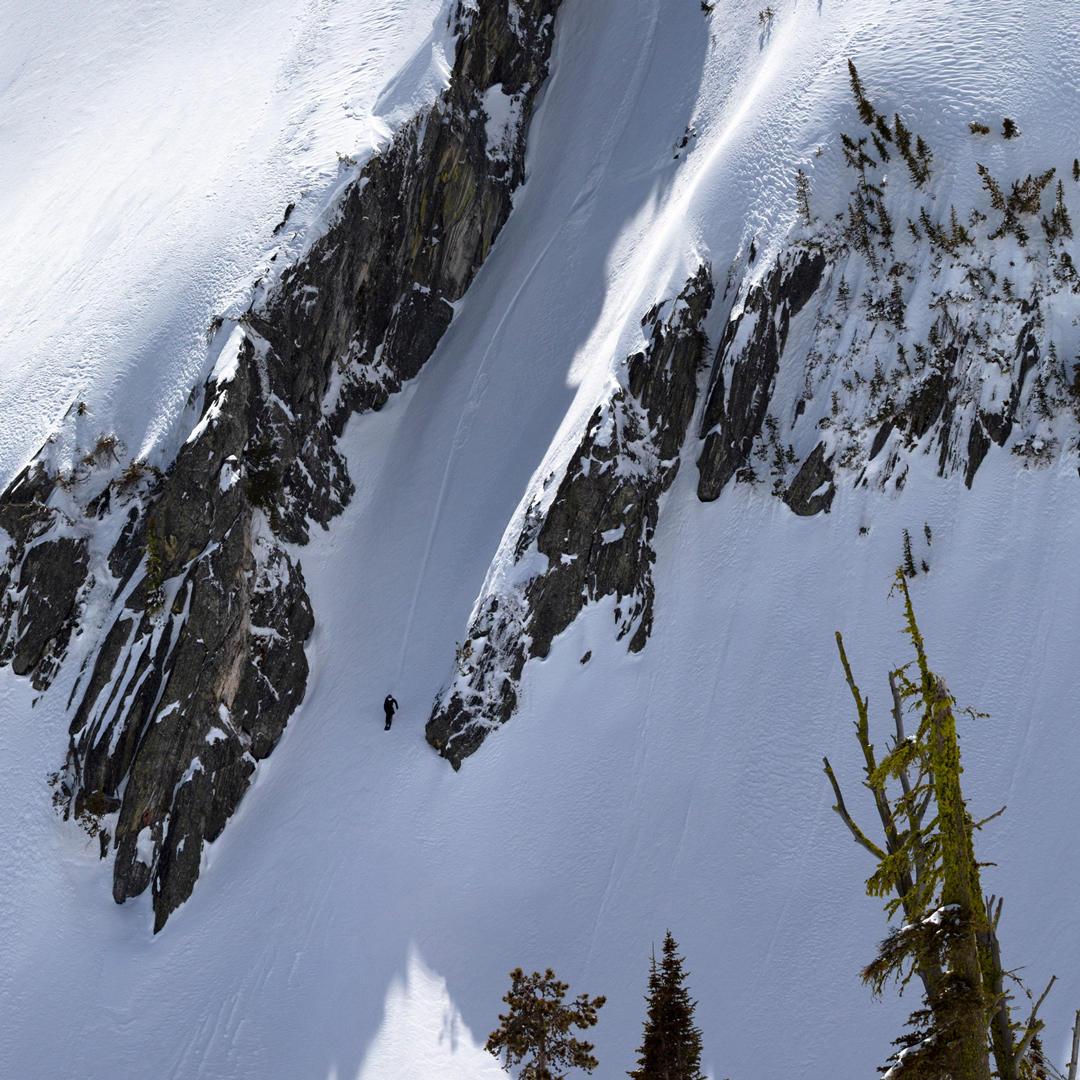I don’t actually expect anyone to read this entire thing… but if you do, go ahead and buckle up for a thousand-word ramble about snowboarding. Somehow, despite being born in the seclusion of a small agricultural community in Idaho, I discovered the wormhole known as skateboarding. Maybe it wasn’t entirely an unlikely pastime since it seems that most kids in the 80s joined in the boom that skateboarding was experiencing at the time. But when most of the other kids eventually abandoned [sensibly outgrew] skateboarding in favor of sports that involved coaches, teams, and jerseys, I held fast to my skateboard. For me, it wasn’t a sport. It was who I was- and as I predicted, it shaped who I am today.
It was through skateboarding that I eventually discovered snowboarding. How do these two related but very different worlds intersect? Within the pages of my favorite magazine Thrasher was a small section called “Cold Snap” that was published in the winter issues of the ‘zine. This half-page section was dedicated to the emerging craze of snowboarding, and when I first saw a photo of John Cardiel experimenting with snowboarding but doing it as if he had been a disciple of the snow his whole life, I was fascinated. Obsessed is a better word for it. After all, what else was I going to do during Idaho’s long, gloomy winters? With the first dusting of snow, my trucks and wheels were removed from my skateboard, homemade bindings were made, and I turned my skateboard into what I thought a snowboard was.

